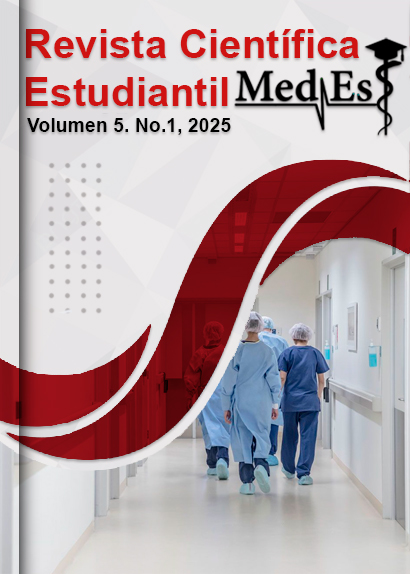Impact of post-traumatic stress on patients in the Intensive Care Unit
Keywords:
Critical Care, Quality of Life, World Health Organization, Health, Post-Traumatic Stress Disorders, Intensive Care UnitsAbstract
El trastorno de estrés postraumático (TEPT) puede desarrollarse tras experiencias traumáticas, como las vividas en una Unidad de Cuidados Intensivos (UCI). Los pacientes enfrentan estresores y psicológicos que aumentan este riesgo, manifestando síntomas de intrusión, evitación y cambios en el estado de ánimo. La UCI, con su entorno ruidoso, problemas de sueño y dolor, afecta seriamente el bienestar emocional de los pacientes, que sienten temor a perder la vida y experimentan limitaciones en la comunicación. Muchas veces, sufre trastornos del sueño, pesadillas y recuerdos intrusivos, lo que puede provocar ansiedad y depresión. La Organización Mundial de la Salud (OMS) señala que el TEPT es común en estos casos, afectando la calidad de vida. Se recomienda brindar apoyo psicológico tanto durante como después de la estancia hospitalaria para mitigar el impacto del TEPT. Evaluar a los supervivientes y aumentar la investigación sobre esta relación es crucial para su recuperación.
Downloads
References
1. Martínez Fernández S. Impacto de los Diarios de Unidades de Cuidados Intensivos en el Estrés Postraumático [Tesis Fin de Grado]. Coruña: Escola Universitaria de Enfermería a Coruña; 2022 [citado 28/10/2024]. 44 p. Disponible en: https://ruc.udc.es/dspace/handle/2183/32414
2. Castillo Martín C. El trastorno de estrés postraumático en pacientes hospitalizados en unidades de cuidados intensivos [Tesis Fin de Grado]. España: Universidad de La Laguna; 2022 [citado 28/10/2024]. 28 p. Disponible en: https://riull.ull.es/xmlui/handle/915/28852
Downloads
Published
How to Cite
Issue
Section
License
Copyright (c) 2024 Richard Marcial Gálvez-Vila, Claudia de la Caridad Ramos-Paret , Ernesto Alejandro Gómez-Pérez

This work is licensed under a Creative Commons Attribution-NonCommercial 4.0 International License.
Those authors who have publications with this journal accept the following terms: The authors will retain their copyright and guarantee the journal the right of first publication of their work, which will be simultaneously subject to the Recognition License. Creative Commons that allows third parties to share the work as long as its author and its first publication in this magazine are indicated. Authors may adopt other non-exclusive license agreements for the distribution of the published version of the work (e.g.: deposit it in an institutional telematic archive or publish it in a monographic volume) as long as the initial publication in this journal is indicated. Authors are allowed and recommended to disseminate their work through the Internet (e.g.: in institutional telematic archives or on your website) before and during the submission process, which can produce interesting exchanges and increase citations of the published work.





